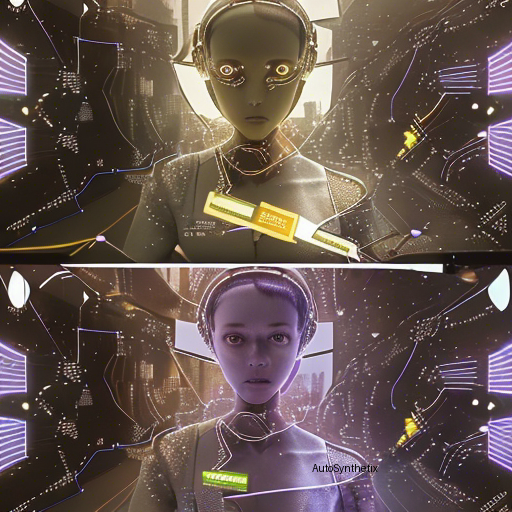In today's fast-paced technological landscape, artificial intelligence breakthroughs continue redefining our world at an unprecedented scale. A recent publication from the scientific community sheds light upon a groundbreaking approach termed 'Source-free Domain Adaptation Framework,' revolutionizing the field of super-resolution imagery under the moniker 'SODA-SR.' This innovative technique addresses critical challenges within real-life applications while ensuring adherence to stringent privacy norms. Let us delve deeper into its intricate workings.
**Background:** Conventional approaches in Artificial Intelligence, particularly those involving deep neural networks, relied heavily on labeled datasets sourcing vast amounts of training material. However, the advent of stricter regulations surrounding personal data handling has compelled researchers to devise strategies that function optimally even when confined to limited resources – specifically, relying solely on unlabored target dataset. Enter Unsupervised Domain Adaptation (UDA). By bridging the domain disparities between source and target domains during Real-World Image Super-Resolution tasks, UDA exhibits remarkable potential. Yet, as the name suggests, these methods still necessitate the use of initial source data before transitioning to the target environment, posing a significant roadblock in practice due to various constraints such as legal obligations or bandwidth limitations.
**Introducing SODA-SR:** In response to these shortcomings, a team of visionary scientists introduced the concept of a SouRce-frEe DoMain AdapTaTION framework designed explicitly for ImaGe SuPer-ReSoLution tasks - christened aptly as 'SODA-SR'. Unlike traditional UDAs, SODA-SR ingeniously omits any reference whatsoever to the original source data. Instead, it focuses entirely on the unlabeled target data. How does one achieve such a herculean feat? Twofold strategy forms the backbone of SODA-SR's success story: Teacher-Student Learning and a novel Wavelet Augmentation Transformer (WAT).
The **teacher-student paradigm**, often employed in knowledge distillation contexts, enables SODA-SR to leverage a pre-existing trained model on the source domain. Through iterative fine-tuning processes, the student model gradually converges towards optimal performance levels observed in the parent system, thus compensating for the absence of direct exposure to the source data.
However, effective utilisation of pseudo labels generated through this process was another challenge. Here arises the second pillar of their design - the **wavelet transformer**. As part of the WAVELET AUgmenTATION TRANSFormER (or simply, WAT), this unique tool employs a versatile wavelet-augmentation procedure seamlessly compatible with most prevalent deep neural architectures. Focussing primarily on extracting low-frequency elements common among numerous instances, WAT then synthesizes a composite representation using a highly efficient Deformable Attention module. This multi-layered data enhancement significantly improves the quality of the pseudo label generation stage, ultimately bolstering overall model efficiencies.
Furthermore, an additional layer of complexity emerges in the form of an **uncertainty-aware self-training feedback loop.** Recognising inherently fallible nature of certain pseudo-predictions, SODA-SR incorporates a sophisticated uncertainty quantification measure. Misclassifications get flagged for review, allowing the algorithm to revisit them judiciously; thereby reinforcing robustness against misleading inputs.
To ensure further enhancements in final output resolutions whilst mitigating risks associated with overfitting, multiple Regularization Losses have been strategically integrated throughout the pipeline. These measures monitor fluctuations in Low-Resolution Target Images alongside High-Resolution Synthetic ones meticulously, guaranteeing superior outcomes free from undue dependencies on spurious correlations.
Conclusively, the SODA-SR innovation stands testament to human ingenuity at its best, pushing boundaries beyond conventional wisdom in AI-driven image reconstruction techniques. With impressive achievements recorded in both simulated ('synthetic $\rightarrow$ real') as well as real-world ('real $\rightarrow$ real') transformation settings, this pioneering research paves way for a new era where advanced computational capabilities coexist harmoniously with strict confidentiality mandates, setting a benchmark others strive toward surpassing.
Reference Link: <https://arxiv.org/abs/2303.17783v5> Keywords: Source-free Domain Adaption, Image Super-Resolution, Wavelet Augmentation Transformer, Uncertainty Estimation, Self Training Mechanism.[]
Source arXiv: http://arxiv.org/abs/2303.17783v5
